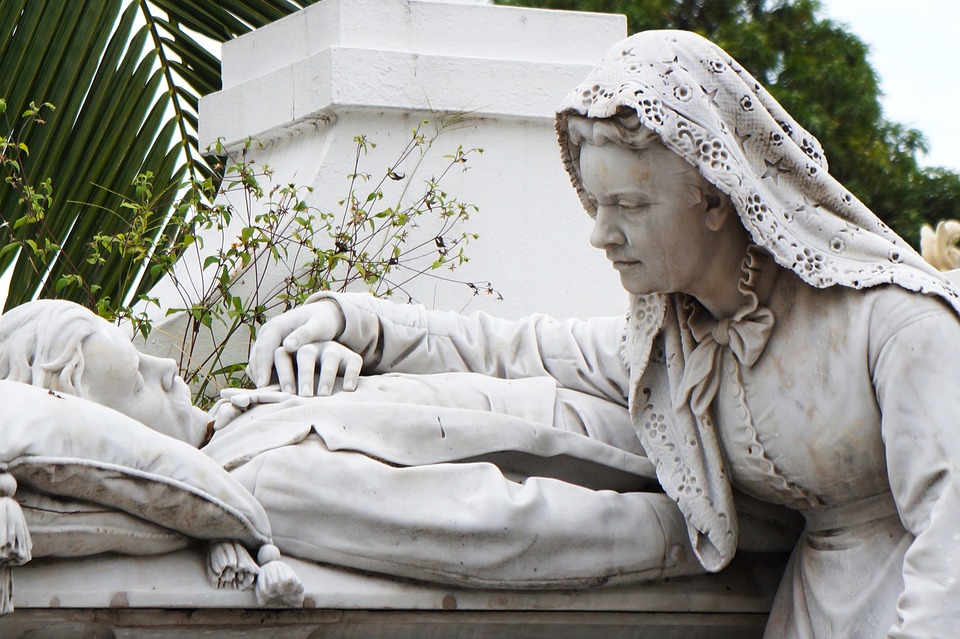Title: The Illustrious Playwright: A Glimpse Into Shakespeare’s Intriguing Personal Life
Introduction
Widely regarded as the greatest writer in the English language, William Shakespeare, the creative genius behind countless plays and sonnets, remains an enigma to this day. The Bard of Avon, as he is popularly known, is celebrated for the unprecedented truth and depth in his works that continue to captivate audiences and inspire other artists centuries after his demise. By effortlessly weaving stories of war, love, and humanity into his opuses, Shakespeare gave the world timeless classics like Romeo and Juliet, Macbeth, and The Tempest. Behind the genius was a man whose personal life stirred as much intrigue as his riveting narratives. This article offers a glimpse into Shakespeare’s personal life, which was as elusive and intricate as his plays.
The Early Years
William Shakespeare was born in Stratford-upon-Avon in 1564, being one of the eight children of his parents, John Shakespeare and Mary Arden. Though little was known about his early life, it was believed that he received a decent education. This educated young William got married to Anne Hathaway in 1582, a matrimony that raised eyebrows due to Hathaway’s pregnancy in the months preceding the wedding. The couple had three children: Susanna, and twins Hamnet and Judith. Hamnet’s premature death in his 11th year profoundly affected the family.
London: The Epicenter of Theatrical Life
Rising to fame rapidly, Shakespeare was in London by the end of the 1580s, contributing his talent to ‘Lord Chamberlain’s Men,’ later known as the esteemed ‘King’s Men’ and residing in the thriving cultural hub of the Globe Theatre. In London, Shakespeare mingled with other playwrights, poets, and thespians, parts of whose life are painted in vivid colors through primary historical sources. However, there is consternation surrounding the exact nature of their relationships, with Elizabethan dramatist Ben Jonson leaving enigmatic remarks suggesting they sometimes worked collaboratively on plays.
Autumn and Shakespeare’s Literary Accomplishments
Not long after Hamnet’s death, Shakespeare interwove this poignant sorrow into his play ‘Hamlet,’ further intertwining his personal tragedies with his artistic sensibilities. Across his career, he penned histories, tragedies, comedies and sonnets prolifically. As the curtain fell on his stage career, mainly in the early 1610s, Shakespeare returned to his hometown, Stratford-upon-Avon around 1613, lived there, and enjoyed the fruits of his successful literary career, maintaining a sizeable property register. He passed away in 1616, leaving behind a remarkable legacy illuminating generations of playwrights and classicists.
Artistic Mastery Through Puzzling Plots
A significant question that arises here is – how did Shakespeare derive material for his works? It is widely believed that many plotlines and characters were invented or adapted from real-life personalities, popular tales, or even his interactions with significant figures of the time. His ‘Hamlet’ is often thought to reflect the life of the real King Hamlet of Denmark, echoing few elements of his life. Similarly, whispers of the ‘Dark Lady’ in Sonnet 127 and 147 may be an encapsulating glimpse into his romantic entanglements. Equally, the heart-rendering ‘Romeo and Juliet’ might be an exploration of youthful love and loss in Elizabethan society.
Endless Riddles
Despite this, there is no conclusive evidence to validate Shakespeare’s experiences with these characters in the plot. His untimely death and limited biographical information led to countless speculations over the years by biographers, creating an enveloping enigma. The absence of personal notes or diaries escorts his work into a realm of mysterious intrigue, leading to myriad interpretations, criticisms and praises of his writings, reflecting both his literary prowess and the fascinating curiosity surrounding his life.
Image: [depicting Shakespeare writing by candlelight, against a backdrop depicting A Midsummer Night’s Dream’s enchanting forest setting]
FAQs
1. Was William Shakespeare married more than once?
A: There is no concrete evidence suggesting that William Shakespeare was married more than once. Although some speculate this based on references and contexts in his sonnets, it remains a matter of conjecture.
2. Where did Shakespeare find inspiration for his works?
A: Though diverse, it is believed that Shakespeare found inspiration in his real-life experiences and narratives popular during his time. However, the absence of personal letters and records make this an unending subject of fascination and academic conjecture.
3. How many children did Shakespeare have, and did they get involved in his profession?
A: Shakespeare had three children: Susanna, a daughter; Hamnet and Judith, twin children. Hamnet’s early death and Judith’s marriage seemingly led them to lead unremarkable public lives.
4. Who were Shakespeare’s contemporaries?
A: lack of definitive evidence hampers conclusive assertions. 4. Was Shakespeare a part of any secret societies?
A: There are theories stating that Shakespeare’s involvement with some secret society or another. However, these are typically the work of speculative fiction and not widely accepted in academic circles. Despite this, these theories provoke continued interest in the enigmatic playwright’s personal life. Shakespeare’s life, shrouded in mystery, will continue to fascinate scholars, prompting unfolding interpretations of literary masterpieces while revealing the stirring drama of the Bard himself.


